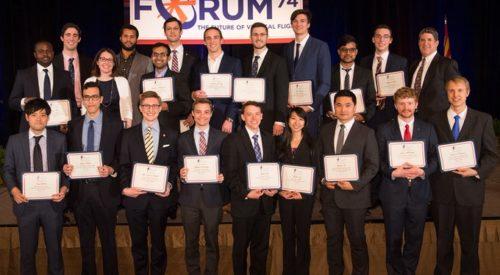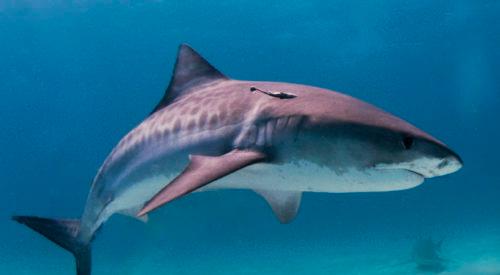Education
Power Zone: Vertiports Will Need to Amp Up Their Electric Grids
For advanced air mobility (AAM) to advance rapidly, these facilities will need the ability to provide electricity, perhaps in the form of microgrids, to facilitate rapid, easily accessible charging.
UAVs Face Headwinds, Tailwinds, and Downdrafts: What’s a Drone to Do?
CalTech Engineers Are Working on the Solution
Researchers are teaching drones how to adapt and stay on course in different wind conditions using artificial intelligence (AI) and machine learning.
UAS – Unmanned Aerial Sports
Fitness Drones Are a Thing Now
Are you tired of paying someone to chew you out like a Marine Corps drill sergeant to whip your desk-bound body into shape? Have you had enough of jogging solo or that running partner who won’t stop yakking while you’re trying to get into the zone? Problem solved. Students at Seoul, South Korea’s Hongik University…
Vertical Flight Society Awards $100,000 in Scholarships
The Vertical Flight Society (VFS) awarded more than US$100,000 to 27 young engineering scholars at 11 universities in the U.S. and Germany to recognize, incentivize, and reward their promise and talent toward advancing vertical flight. “Since 1977, our Vertical Flight Foundation (VFF) Scholarships have helped inspire generations of students to pursue careers in vertical flight,…
eVTOL UAVs to Take on Jaws as Shark-Spotters
Think of it as a sort of "Shark Eye for the Beach Guys (and gals)."
It’s been 45 years since film director Steven Spielberg frightened beachgoers and boaters out of the oceans with his iconic, shark-fest thriller, Jaws. Now, scientists at the Benioff Ocean Initiative at the University of California at Santa Barbara (UCSB) may have found a way, using artificial intelligence (AI) and UAVs (drones), to spot sharks, track…






